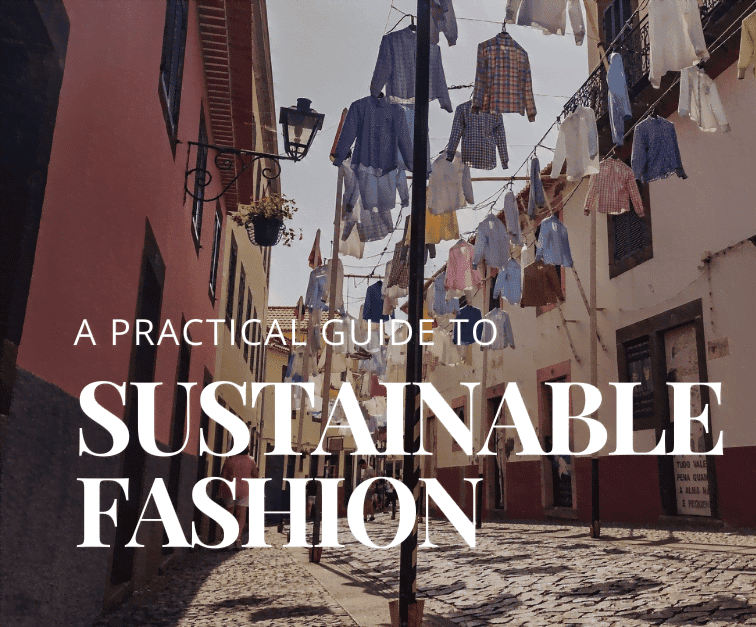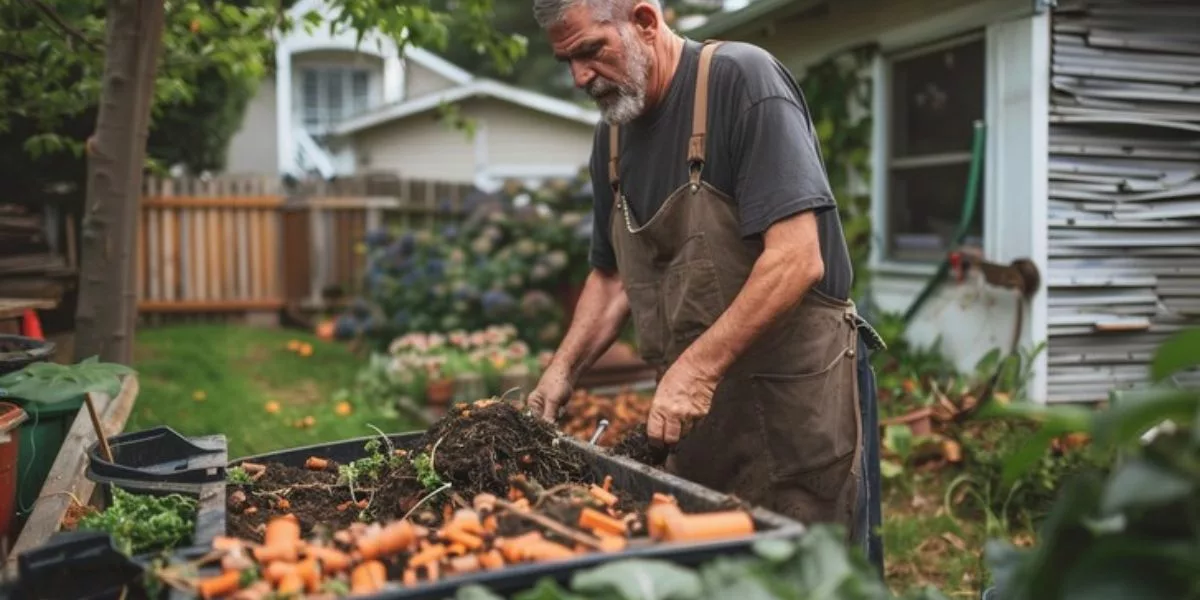Last Updated on July 26, 2024 by Shavy Jain
Discussions about justice for the planet and justice for people are among the most pronounced conversations of the 21st century but these conversations are taking place in different spaces, and we often overlook the interconnectedness between social and environmental justice. Humans are a part of an intrinsic food web that keeps the cycle of life going on Earth.
The crux of the problem is that we view the Earth as an infinite resource bank we can go on exploiting without any consequences. But evidently, that’s not the case anymore. Environmental issues have a direct impact on the well-being of the people. Unequal access to resources that alleviate these impacts is a social justice issue. Let us explore the concepts more deeply and their relevance to sustainability.

Interconnectedness Between Social and Environmental Justice
What is social and environmental justice? And how can these two very different concepts be intrinsically interlinked? Let us find out. Social justice encompasses theoretical perspectives, applied constructs, and a vision for a more just world. In general, it refers to the equitable distribution of wealth, rights, opportunities, power, and privileges among the people of the society. Similarly, environmental rights are a set of measures to protect the access and utilization of natural resources, as well as their effects on the surrounding communities and the resources themselves.
A similar concept of climate Justice strives to address the root causes of climate change while also tackling various social, racial, and environmental injustices. We often do not realize our huge dependency on the planet, from food and water to oxygen and many other natural resources like minerals and fossil fuels, which contribute greatly to the global economy and human well-being. There is an intense connection between human beings and the planet, from the smallest of communities living in remote areas to people coming from cities. When nature is affected, Worsley, the consequences will also be borne by humans, and there is no escape.
Unlock Your Savings with Exclusive Offer Coupons
Save big while shopping for sustainable products! Grab your exclusive coupons today!

The marginalized communities are said to be largely and adversely affected by the changing climate, an environmental justice problem. Though they are not the only people affected due to access to limited resources, they are hit the hardest. So, it becomes imperative to recognize that natural resources have inherent rights that must be respected and upheld in order to ensure their sustainable management, preservation, and usage. These rights are vital for maintaining a healthy and balanced environment that benefits both present and future generations.
Achieving sustainability is not a matter of choosing between environmental (protection) and social justice. Rather, it’s about finding a way to balance the two so that they work together harmoniously. The goal is to achieve social justice while also staying within the boundaries of what our planet can handle.

Investments in Social and Environmental Justice
After the Industrial Revolution, businesses and industries have come to contribute greatly to the global economy, but this rapid growth of industries also has an immense negative social and environmental impact. Overconsumption of natural resources, biodiversity loss, and climate change will have a negative impact on human lives and health as communities are adversely affected.
Therefore, as the people recognize these imminent problems, governments are forced to roll out strict laws and policies for companies and businesses. Pertaining to this, there is a strong push towards green investment. Now, what is this green investment, you might think?! Simply put, when we allocate our financial resources or invest them in projects or companies that have a focus on sustainability, environmentally friendly technologies, and the conservation of nature, it is referred to as a green investment.
Green investments play a crucial role in transitioning towards a low-carbon economy while helping us tackle major environmental issues like climate change and promoting sustainable development. Not to mention that it would create more jobs, drive new innovations, and foster stable long-term economic growth, all while indirectly addressing the issue of social injustice.

Green Investments for a Sustainable Future
Over the years, the concept of green investment has gained traction. Governments and international organizations like the United Nations have played important roles in publicizing this new concept by rolling out regulatory frameworks and setting goals and incentives. The United Nations’s Paris Agreement and the agenda of comprehensive Sustainable Development Goals for a sustainable future have further promoted the growth of this concept.
Types of these green investments vary widely from investment in renewables to green buildings, sustainable transports, agriculture, agroforestry, and waste management. Let’s take a look into these categories a bit thoroughly.
Renewable Energy
Renewable energy has revolutionized our energy sector and is one of the promising solutions to tackle climate change. It includes power generation using solar panels, funding and construction of wind farms that use windmills to harness wind energy, and investment in hydroelectricity. Geothermal power is also an option that requires innovation and further exploration. The production of biomass energy allows us to manage waste while also generating energy.
Energy Conservation
Investment in green buildings that are designed to be sustainable and energy-efficient helps reduce the environmental footprint of the building. Similarly, smart grid systems optimize energy consumption and distribution.
Sustainable Agriculture and Forestry
Financing integrated land-use patterns and promoting agricultural practices that avoid the usage of harmful synthetic chemicals, fertilizers, and pesticides fosters a positive environment and helps enhance biodiversity. Also, reforestation and afforestation projects aim for the restoration of forest ecosystems that sequester carbon dioxide.
Sustainable Transport
Funding electric vehicle production, promoting public transport, and using alternative fuels like hydrogen and biofuels reduce the emissions of greenhouse gasses that contribute to climate change.
Waste Management and Recycling
The circular economy plays a crucial role in tackling climate change issues by promoting investment in business that promotes efficient resource usage and recycling. There are technologies such as waste incineration and biogas that convert waste to energy. They need more investment and implementation. Also, financing technologies that reduce pollution, like air filters and water treatment facilities, is crucial.

Evaluation and Selection of Green Investments
You’re probably wondering how one invests in these green technologies or projects. Well, you can invest via green bonds, green mutual funds, exchange-traded funds, green private equity and venture funds, impact investing, and carbon credits and offsets. But it is very crucial to first assess the investment opportunities carefully. To help with these, there are several matrices like ESG, financial performance of green investments, and company track record.
ESG
ESG investing involves socially conscious investors using a set of standards to screen potential investments based on a company’s behavior. When evaluating a company, environmental criteria take into account the measures it takes to protect the environment, such as policies aimed at tackling climate change.
Social criteria, conversely, assess how a company handles its relationships with employees, suppliers, customers, and the communities it operates in. Governance, the third aspect, looks into a company’s administration, executive pay, internal controls, audits, and shareholder rights.

Financial Analyzing & Company Management and Track-Record
Financial performance analysis evaluates the financial well-being, growth prospects, and risk exposure of environmentally friendly investments. Assessing the management team’s experience, dedication, and transparency, as well as the firm’s track record in achieving sustainability goals, is part of evaluating company management.
There are also other factors while you’re thinking of green investing, like diversifying your portfolio to reduce risk and enhance the returns. New policies and international agreements also have an influence on this market. So it’s best to do thorough research, consult an expert if felt necessary, and then make a decision.
Conclusion
The intersection of social and environmental justice plays a pivotal role in shaping the landscape of green investments and, therefore, sustainability. Recognizing that equity and ecological responsibility are inseparable is essential for forging a more just and green future. Achieving this goal requires collaborative efforts, informed policies, and a commitment to balance the scales of justice while safeguarding our planet. The path to a sustainable and equitable world depends on our ability to embrace this interconnected vision and turn it into a reality.
Discover a greener tomorrow! Dive into our Home & Lifestyle blogs to explore the latest sustainable concepts, investments, and trends shaping our world.
Want to read more like this?
Get similar stories and a free sustainability checklist delivered to your inbox.

Like our content?
Get similar stories and a free sustainability checklist delivered to your inbox.















